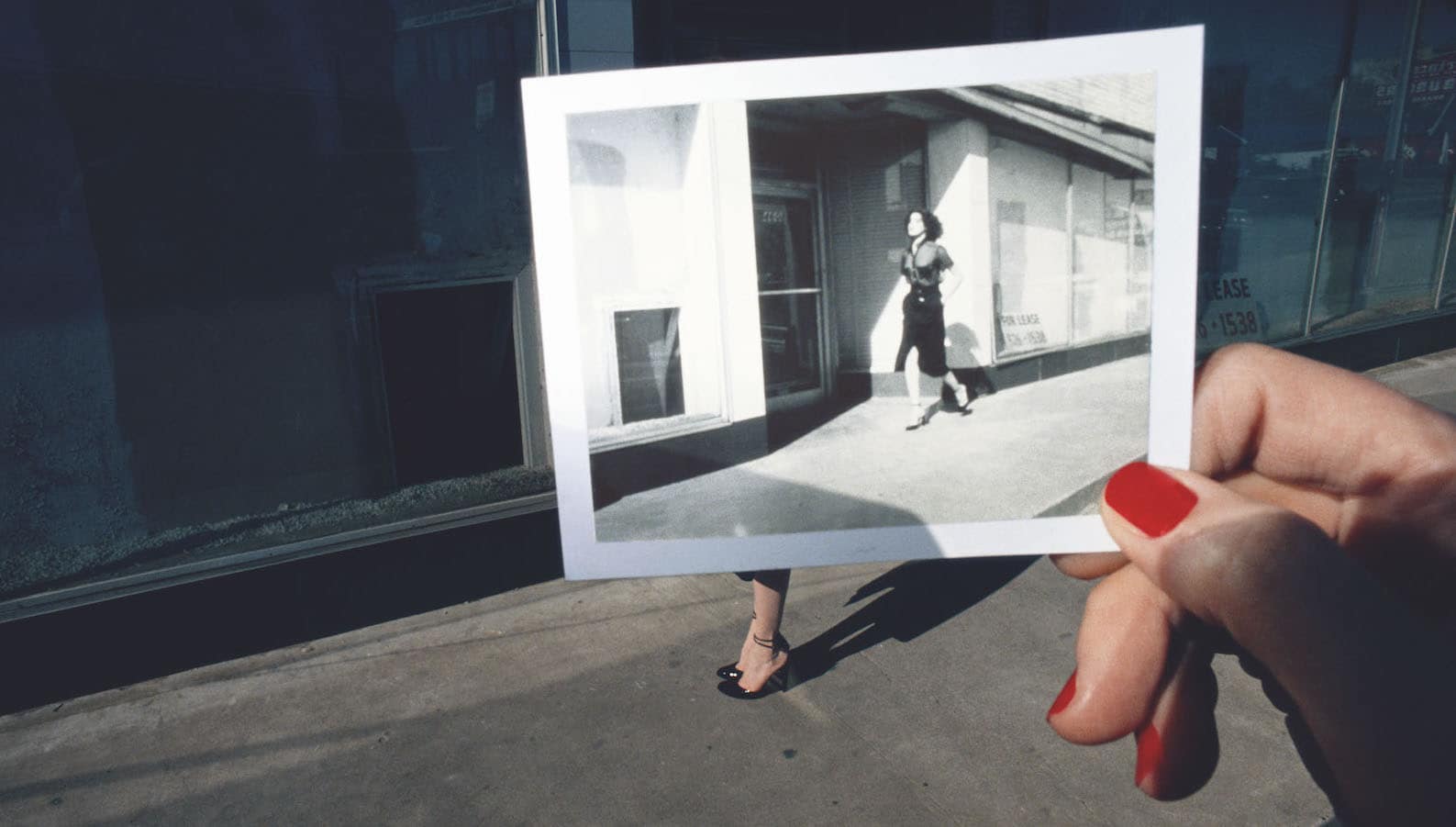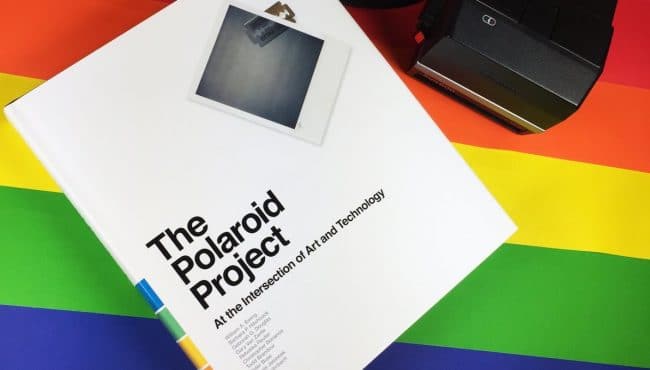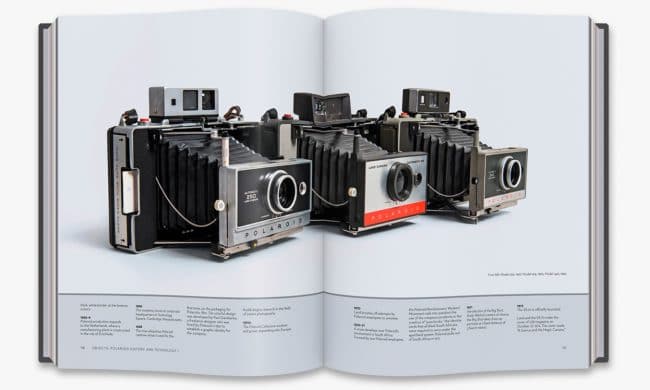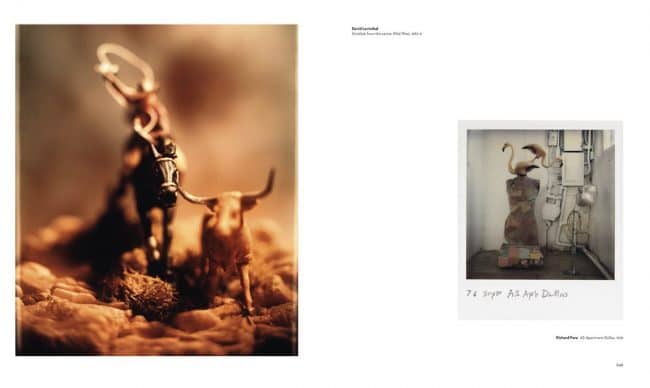Remember that time, not so very long ago, when we all rushed down to the local Boots to drop in our films for printing? From this frustration of impatiently waiting anything from an hour (for those willing to stump up extra) to a week, to see the results of all the careful holiday snapping, lays the foundation of the Polaroid.
Back in 1943 Edwin Land, having been asked by his young daughter why she couldn’t see her photo right away, immediately set to work. Within an hour he had conceived the technology and the story of instant photography had begun.
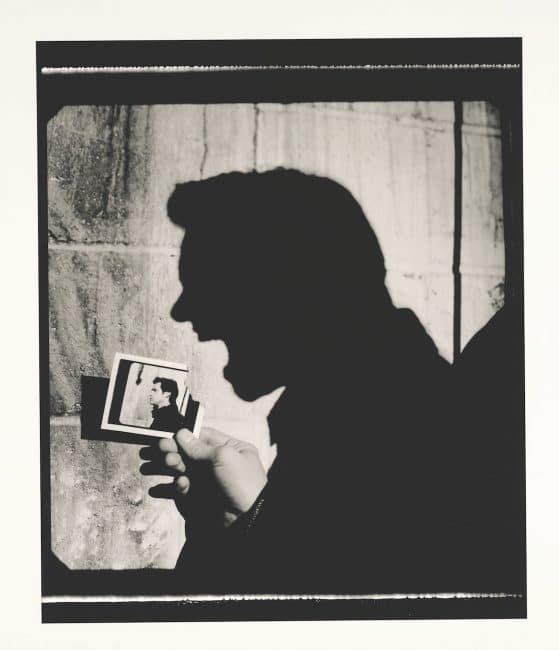
When the long and painstaking development process (no pun intended), documented in the book by prototypes, models and test images, had been completed, the result was not only scientifically groundbreaking but also heralded a new chapter of artistic expression. The New York Times proclaimed “There is nothing like this in the history of photography…”
Nowadays Instagram is the leading representative of the world of instant imagery. It should therefore not be surprising to know that prominent in the lobby of their California HQ sits a collection of Polaroid cameras, the most noteworthy being the 1977 OneStep featuring the rainbow logo appropriated by Instagram in its own design.
Land had in the seventies already predicted escalating use of cameras saying that they would soon be used ‘All day long…. like a telephone’, whilst probably not anticipating they would often be one and the same apparatus.

In this lay the recognition that the world, and people, had irrevocably changed; the barrier of subject and photographer had started to disappear in line with Barthes ‘Death of the Author’ and there was a continuous recording of lifes events and expansion of the ‘sharing’ experience. The almost instant sharing of Instagram, Facebook and Snapchat seem to be a natural development of what began with the Polaroid.
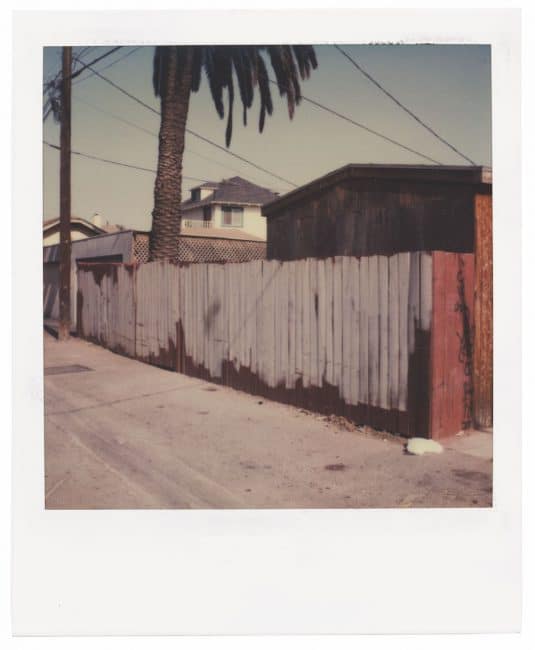
For the more artistic the new product was impressive but came with many built in limitations. Images were usually of limited size (save by using larger studio-bound cameras), fixed formats, limited camera adjustments. Laboratory colour and exposure manipulation were impossible.
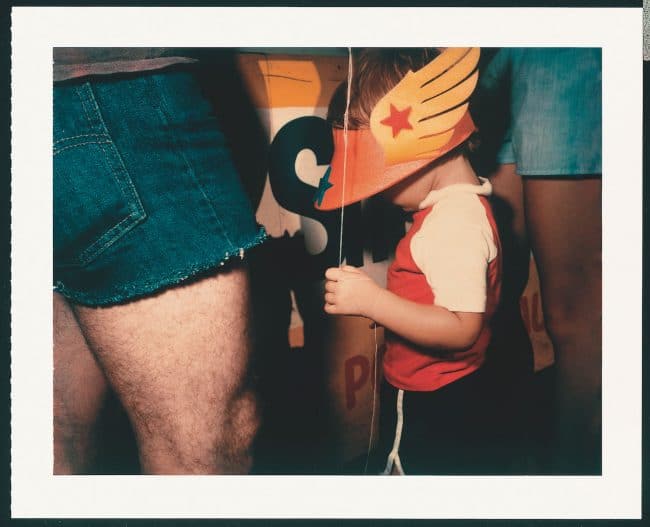
Despite, or perhaps because of, these very particular restrictions it invited users to become ever more inventive. Artists like Lucas Samaras and Bruce Charlesworth manipulated or separated the emulsion or used repeated exposures. David Hockey used multiple images overlaid or arranged in grids to increase dimensions. Other painted, drew or scratched on and around the developed image.
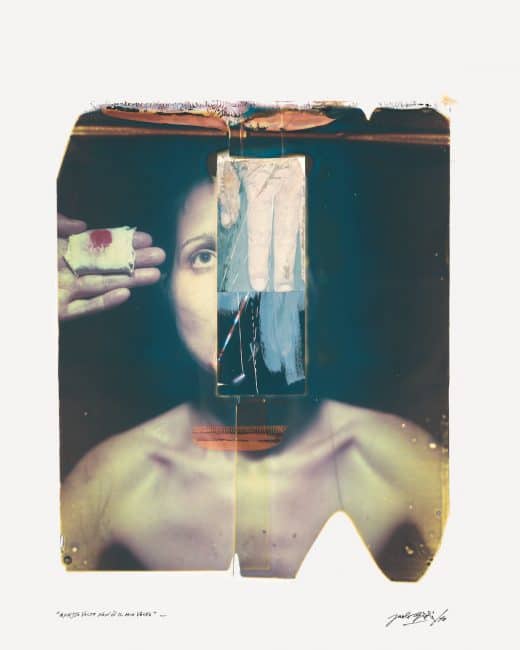
Andy Warhol took all his portraits with a Polaroid and incessantly snapped his way around New York, Others like Robert Mapplethorpe, Patti Smith, Robert Rauschenberg and Chuck Close often used it, whilst film makers, commercial, advertising and fashion photographers found the instant images essential for planning their shots.
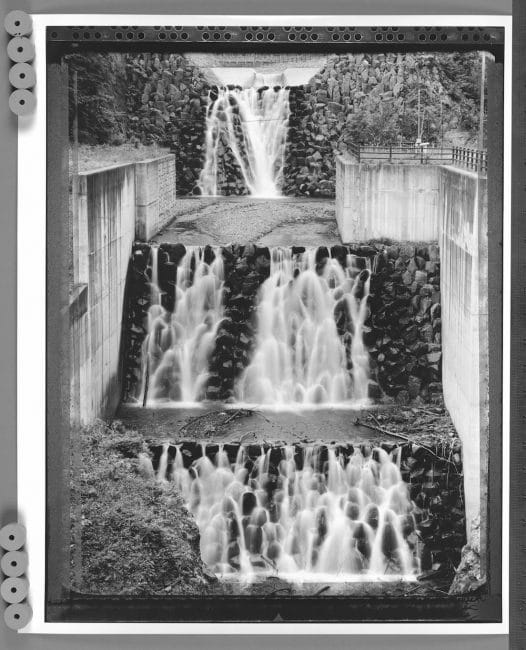
It’s colour initially put off many art photographers, black and white being up to then the choice for ‘serious’ practitioners. This however was the era of ever more portable 35mm cameras and also of photographers like William Eggleston and Stephen Shore and Polaroid were in a perfect position to tap in to the wider acceptance of their casual colour snap-shot aesthetics.
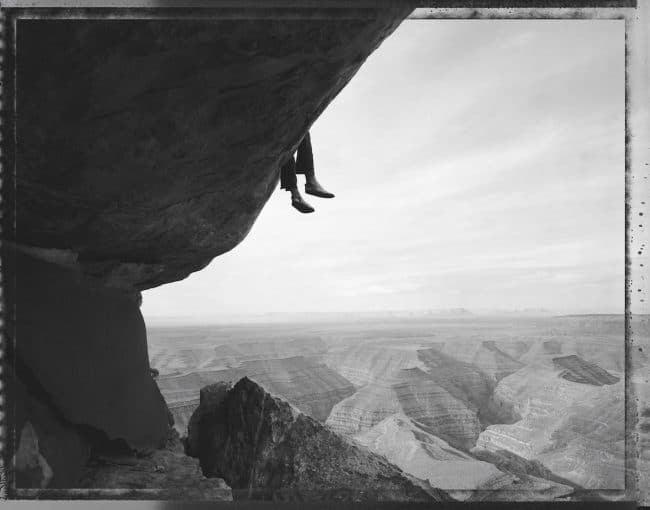
The Polaroid Project leads us through this story via a series of essays that look for example at Polaroid’s foundation and history, the development of the technology, artistic developments and its relation to social networks and the selfie. They are interspersed with an impressive array of widely varied imagery with plenty of ‘how on earth did they do that?’ moments.
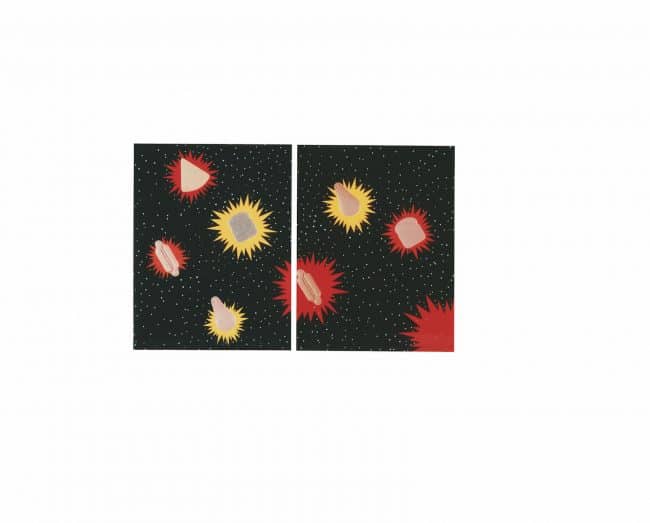
The book is subtitled ‘At the intersection of Art and Technology’ and it is published to accompany a major touring exhibition, so it is not surprising to see that text and illustrations are geared towards the artistic. Perhaps a future show and accompanying volume can show what the public, as well as industry and business, created with the technology – but that’s yet another story.
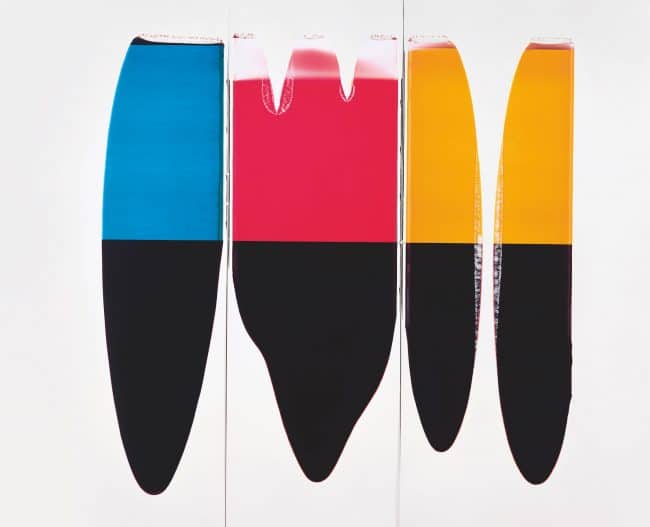
There is a frequent lament here to the death of Polaroid, tied to the winding up of the company and closure of the factories, but, as with vinyl, this seems hugely premature. Instant film lives on in Fuji and Impossible, as does the use of Land’s cameras. The Polaroid Project itself shows us that interest in this technology and its uniquely ‘authentic’ aesthetic is increasing, whilst here at CELLOPHANELAND* we even have a couple of cameras of our own and Polaroids pinned on the wall. The king is dead – long live the king!
The Polaroid Project: At the Intersection of Art and Technology ed. William Ewing and Barbara Hitchcock, published by Thames & Hudson. To purchase visit here
A touring exhibition organised by the Foundation for the Exhibition of Photography opens at the Amon Carter Museum, Fort Worth, Texas June 3 to 3 September 2017 then travels to Europe. fep-photo.org/exhibition/polaroid/




